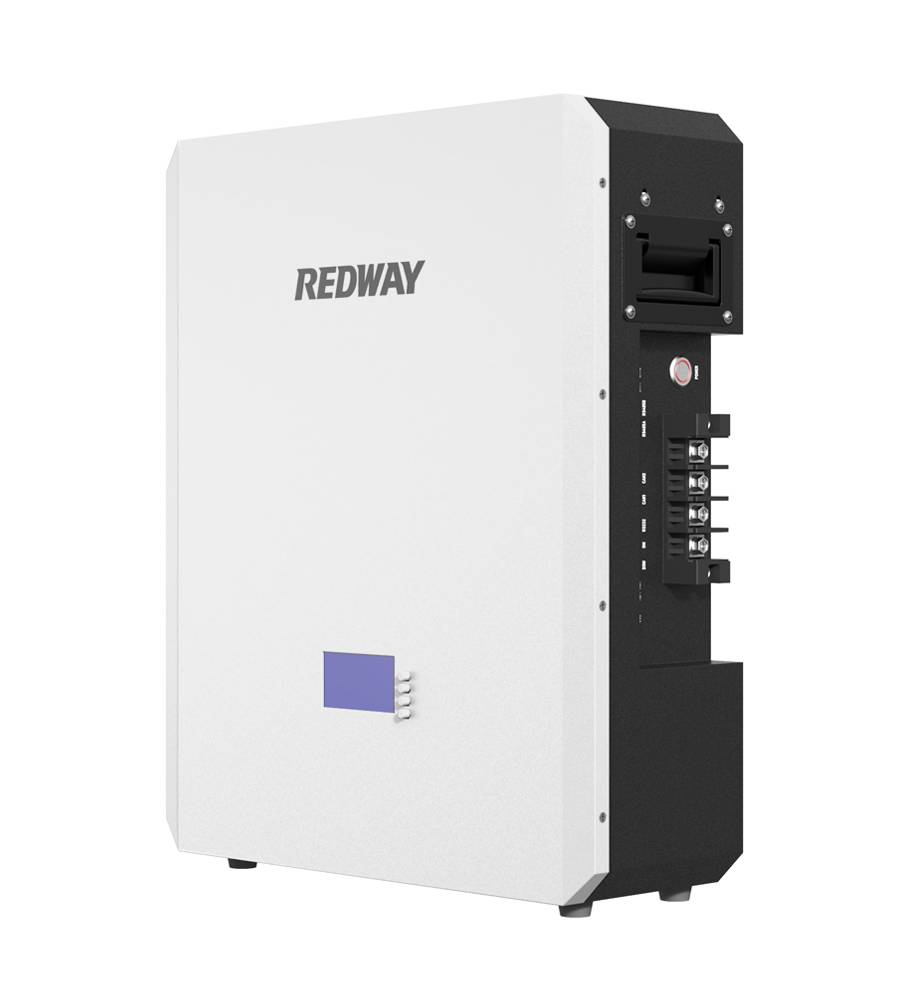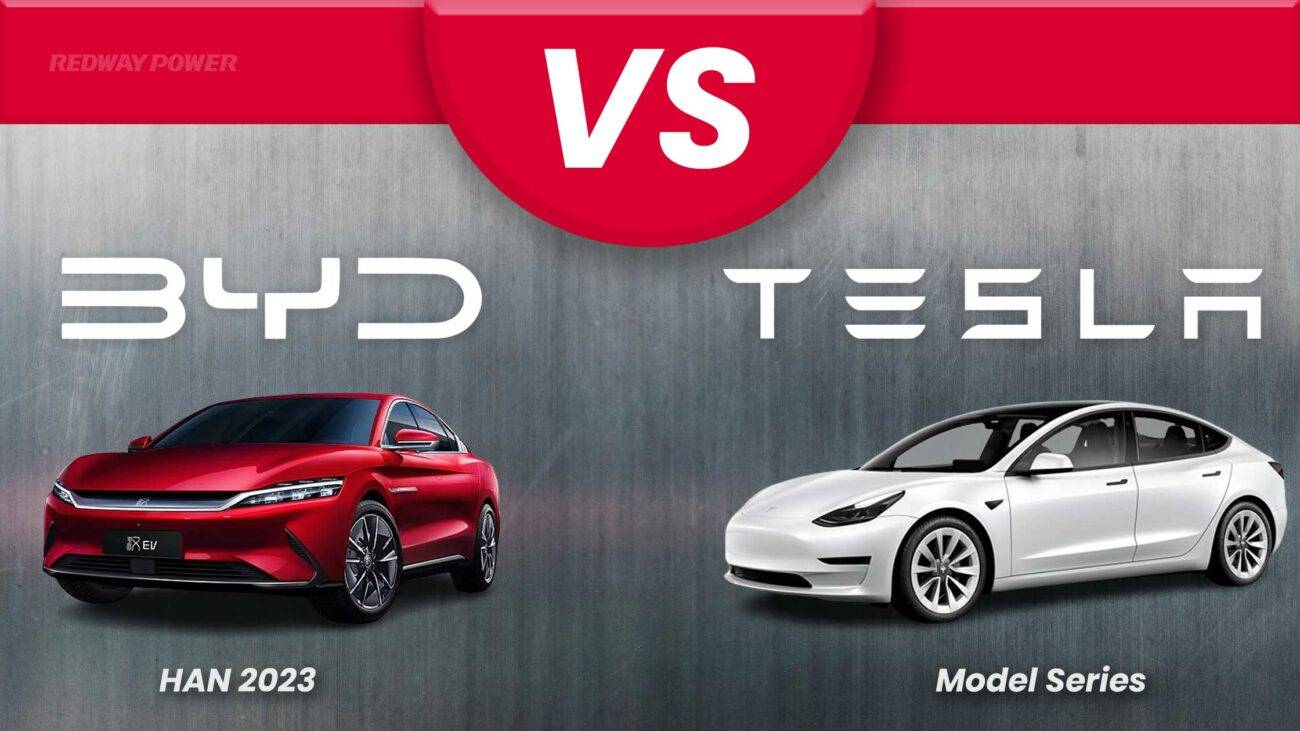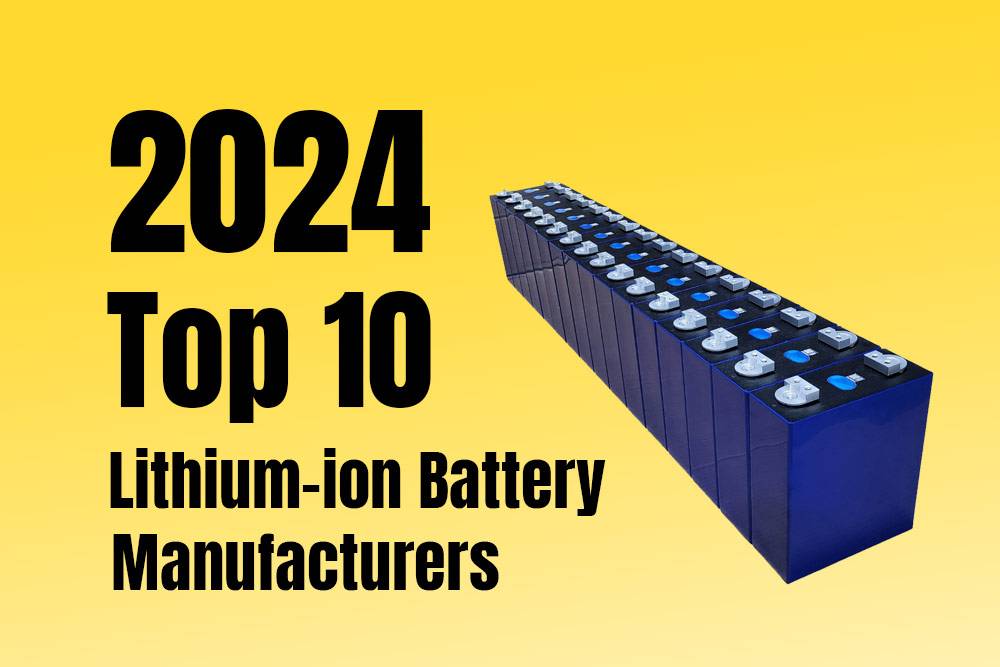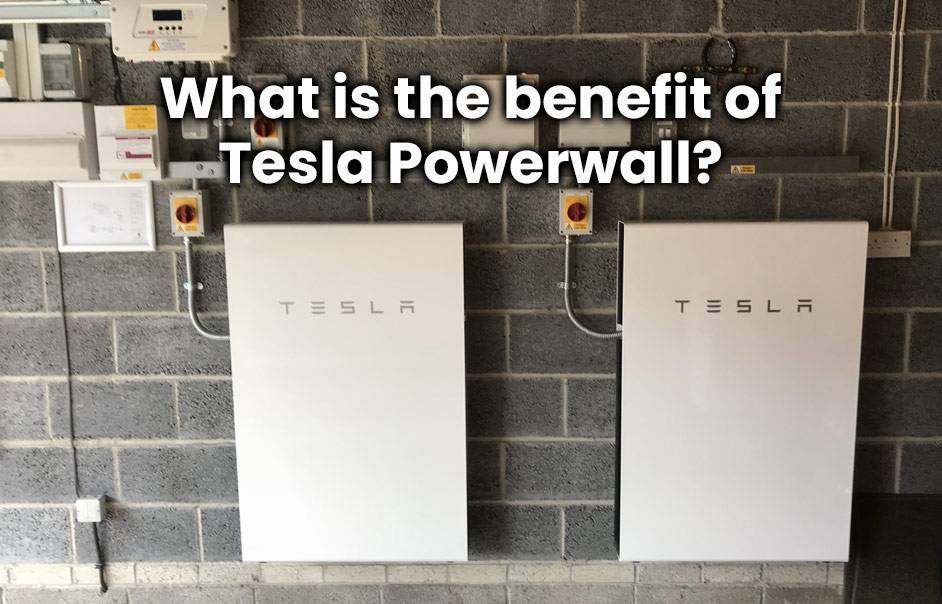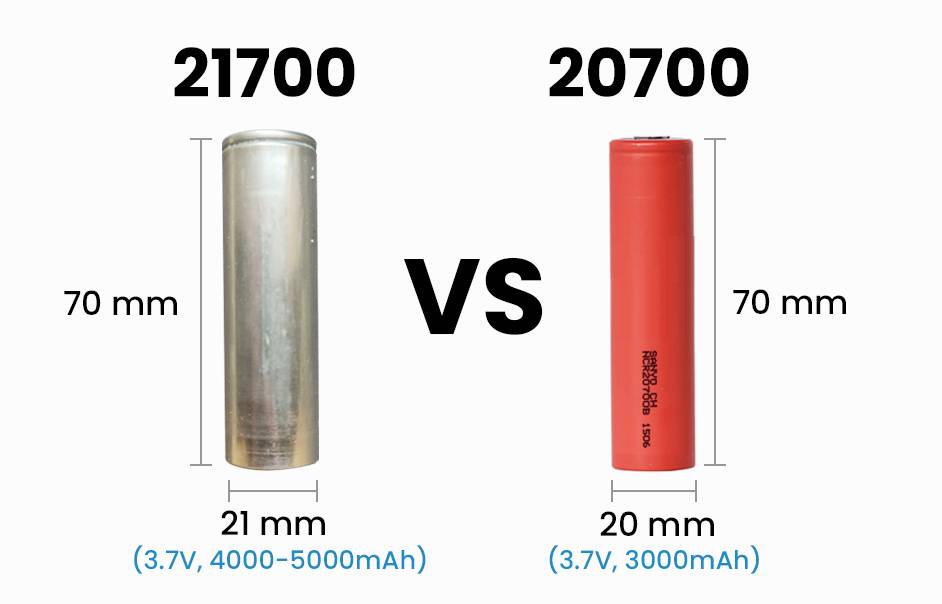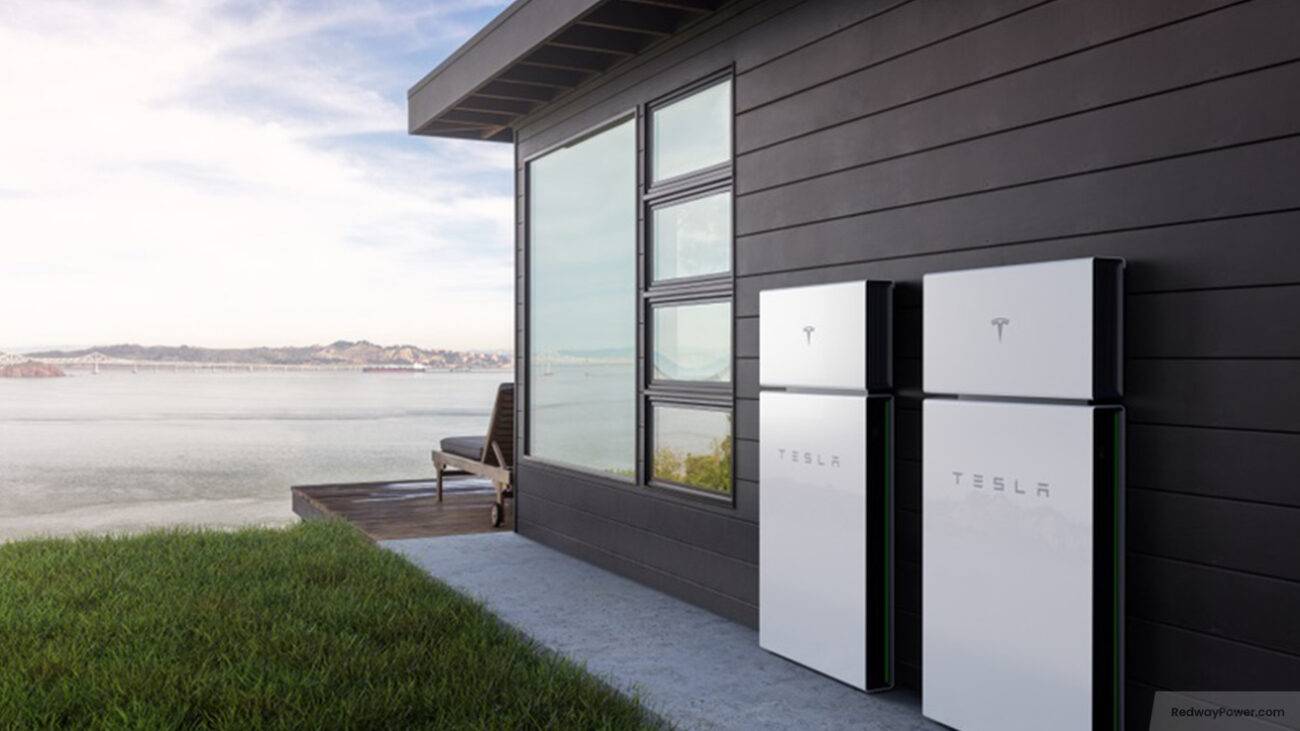- Rack-mounted Lithium Battery
- Golf Cart Lithium Battery
-
Golf Cart Lithium Battery
- 36V 50Ah (for Golf Carts)
- 36V 80Ah (for Golf Carts)
- 36V 100Ah (for Golf Carts)
- 48V 50Ah (for Golf Carts)
- 48V 100Ah (Discharge 100A for Golf Carts)
- 48V 100Ah (Discharge 150A for Golf Carts)
- 48V 100Ah (Discharge 200A for Golf Carts)
- 48V 120Ah (for Golf Carts)
- 48V 150Ah (for Golf Carts)
- 48V 160Ah (Discharge 100A for Golf Carts)
- 48V 160Ah (Discharge 160A for Golf Carts)
-
Golf Cart Lithium Battery
- Forklift Lithium Battery
- 12V Lithium Battery
- 24V Lithium Battery
- 36V Lithium Battery
- 48V Lithium Battery
-
48V LiFePO4 Battery
- 48V 50Ah
- 48V 50Ah (for Golf Carts)
- 48V 60Ah (8D)
- 48V 100Ah (8D)
- 48V 100Ah
- 48V 100Ah (Discharge 100A for Golf Carts)
- 48V 100Ah (Discharge 150A for Golf Carts)
- 48V 100Ah (Discharge 200A for Golf Carts)
- 48V 150Ah (for Golf Carts)
- 48V 160Ah (Discharge 100A for Golf Carts)
- 48V 160Ah (Discharge 160A for Golf Carts)
-
48V LiFePO4 Battery
- 60V Lithium Battery
-
60V LiFePO4 Battery
- 60V 20Ah
- 60V 30Ah
- 60V 50Ah
- 60V 50Ah (Small Size / Side Terminal)
- 60V 100Ah (for Electric Motocycle, Electric Scooter, LSV, AGV)
- 60V 100Ah (for Forklift, AGV, Electric Scooter, Sweeper)
- 60V 150Ah (E-Motocycle / E-Scooter / E-Tricycle / Tour LSV)
- 60V 200Ah (for Forklift, AGV, Electric Scooter, Sweeper)
-
60V LiFePO4 Battery
- 72V~96V Lithium Battery
- E-Bike Battery
- All-in-One Home-ESS
- Wall-mount Battery ESS
-
Home-ESS Lithium Battery PowerWall
- 24V 100Ah 2.4kWh PW24100-S PowerWall
- 48V 50Ah 2.4kWh PW4850-S PowerWall
- 48V 50Ah 2.56kWh PW5150-S PowerWall
- 48V 100Ah 5.12kWh PW51100-F PowerWall (IP65)
- 48V 100Ah 5.12kWh PW51100-S PowerWall
- 48V 100Ah 5.12kWh PW51100-H PowerWall
- 48V 200Ah 10kWh PW51200-H PowerWall
- 48V 300Ah 15kWh PW51300-H PowerWall
PowerWall 51.2V 100Ah LiFePO4 Lithium Battery
Highly popular in Asia and Eastern Europe.
CE Certification | Home-ESS -
Home-ESS Lithium Battery PowerWall
- Portable Power Stations
What makes Tesla Powerwall different?

Let’s talk about the cool stuff that comes with having a Powerwall in your home. Imagine a smart battery that can store energy for your house. We’ll see how it works, how it helps the planet, and how it stacks up against other home batteries. Plus, we’ll hear some awesome stories from real people using Powerwalls and what they think. We’ll also cover the possible hiccups and help you figure out if a Tesla Powerwall is the right fit for you. Buckle up, it’s going to be an exciting ride!
Table of Contents
ToggleThe Benefits of Owning a Powerwall
Owning a Powerwall comes with several benefits, including the ability to store and use more of your solar energy in your home instead of sending it back to the grid. This helps you save money by utilizing time-of-use load shifting and provides customizable backup power during outages. Powerwall also offers greater independence from the grid, protection against power outages, and potential electricity bill savings.
-
Increased Solar Energy Utilization: Powerwall allows you to store and use more of your solar energy within your home rather than sending it back to the grid, resulting in potential cost savings and reduced reliance on grid power.
-
Time-of-Use Load Shifting: With Powerwall, you can shift your energy usage to off-peak hours, taking advantage of time-of-use pricing and potentially reducing your electricity bills.
-
Customizable Backup Power: Powerwall provides customizable backup power during outages, ensuring that your essential appliances and devices continue to operate, offering peace of mind and convenience.
Owning a Powerwall offers benefits such as increased utilization of solar energy, potential cost savings through time-of-use load shifting, and customizable backup power during outages. It provides homeowners with greater independence from the grid and offers protection against power outages. Consider these advantages when evaluating the suitability of a Powerwall for your home.
How Does a Powerwall Work?
The Powerwall works by charging with solar energy during the day when solar panels produce more electricity than the home consumes. It stores this excess energy and makes it available for use when needed, such as during the night or during a power outage. This allows homeowners to maximize their solar energy usage, reduce reliance on the grid, and have backup power during outages.
-
Solar Charging: The Powerwall charges with excess solar energy during the day when solar panels produce more electricity than the home consumes.
-
Energy Storage: It stores the excess energy in the Powerwall for later use, such as during the night when solar production is reduced or during a power outage.
-
Maximized Solar Usage: The Powerwall allows homeowners to maximize their solar energy usage by storing and utilizing the excess energy generated by solar panels.
-
Grid Independence and Backup Power: By using stored energy, the Powerwall reduces reliance on the grid and provides backup power during outages, ensuring uninterrupted electricity supply.
The Powerwall operates by charging with excess solar energy during the day and storing it for later use. This allows homeowners to maximize their solar energy usage, reduce reliance on the grid, and have backup power during outages. Understanding how the Powerwall works is crucial for homeowners seeking energy independence and efficient energy management.
The Environmental Impact of Tesla Powerwall
The manufacturing and transportation of lithium-ion batteries, such as the Tesla Powerwall, can have environmental effects due to carbon dioxide emissions. However, the use of Powerwall promotes the adoption of renewable energy, reduces reliance on fossil fuels, and helps decrease greenhouse gas emissions. It plays a role in supporting a cleaner energy future.
-
Manufacturing and Transportation: The production and transportation of lithium-ion batteries, including the Powerwall, can result in carbon dioxide emissions, contributing to environmental effects.
-
Promotion of Renewable Energy: Despite the manufacturing impact, the use of Powerwall supports the adoption of renewable energy sources, reducing reliance on fossil fuels and promoting a cleaner energy future.
-
Greenhouse Gas Emissions Reduction: By storing electricity from renewable sources, Powerwall helps decrease greenhouse gas emissions compared to traditional energy sources.
While the manufacturing and transportation of Tesla Powerwall may have environmental effects due to carbon dioxide emissions, its use promotes the adoption of renewable energy and reduces reliance on fossil fuels. By storing electricity from renewable sources, Powerwall contributes to a reduction in greenhouse gas emissions, supporting a cleaner energy future.
Comparing Tesla Powerwall to Other Home Battery Systems
Comparing Tesla Powerwall to other home battery systems reveals alternatives such as the Enphase IQ battery, sonnenCore, Generac PWRcell, LG Energy’s RESU Prime, and Panasonic batteries. Factors to consider include cost, capacity, performance, and compatibility with individual needs. Assessing specific requirements helps determine the most suitable home battery system for optimal energy storage and usage.
-
Alternative Options: Alternatives to the Tesla Powerwall include the Enphase IQ battery, sonnenCore, Generac PWRcell, LG Energy’s RESU Prime, and Panasonic batteries.
-
Factors to Consider: When comparing home battery systems, it’s important to assess factors such as cost, capacity, performance, and compatibility with individual needs.
-
Specific Requirements: Each home battery system has its own advantages and considerations. Assessing specific requirements helps determine the most suitable system for optimal energy storage and usage.
Comparing the Tesla Powerwall to other home battery systems involves considering factors such as cost, capacity, performance, and compatibility. Alternatives such as the Enphase IQ battery, sonnenCore, Generac PWRcell, LG Energy’s RESU Prime, and Panasonic batteries offer diverse options to meet specific requirements. Assessing individual needs and preferences helps determine the most suitable home battery system for efficient energy storage and usage.
Success Stories: Real-Life Experiences with Tesla Powerwall
Real-life experiences and success stories with Tesla Powerwall highlight its value in various situations. Customers have shared stories of Powerwall saving them during power outages, providing backup power, enabling off-grid living, and maximizing solar energy utilization. These firsthand accounts demonstrate the positive impact and benefits of Tesla Powerwall in real-world scenarios.
-
Power Outage Resilience: Real-life experiences highlight how Powerwall has saved individuals during power outages, providing reliable backup power for essential appliances and devices.
-
Off-Grid Living: Success stories showcase Powerwall’s role in enabling off-grid living, allowing homeowners to rely on stored energy and reduce dependence on the grid.
-
Solar Energy Utilization: Customers share their experiences of maximizing solar energy utilization with Powerwall, storing excess energy generated by solar panels for later use and optimizing energy efficiency.
Real-life experiences and success stories demonstrate the value and impact of Tesla Powerwall in various scenarios. From providing backup power during outages to enabling off-grid living and maximizing solar energy utilization, Powerwall offers tangible benefits for homeowners. These firsthand accounts offer valuable insights into the positive impact of Powerwall in real-world situations.
Potential Challenges and Limitations
Potential challenges and limitations of Tesla Powerwall include a slightly limited upper solar MPPT operating voltage, a low MPPT input current rating, and compatibility issues with grid-tie and solar inverters. These factors may impact the performance and installation options of the Powerwall, requiring careful consideration and planning.
-
Limited Voltage Range: Tesla Powerwall has a slightly limited upper solar MPPT operating voltage, which may impact its compatibility with certain solar panels and systems.
-
Low MPPT Input Current Rating: The Powerwall has a low MPPT input current rating, which may affect its performance and compatibility with high-current panels or systems.
-
Compatibility Issues: Some users have reported compatibility issues with grid-tie and solar inverters, requiring careful consideration and planning during installation.
Tesla Powerwall, like any other technology, has potential challenges and limitations to be aware of. These include a slightly limited upper solar MPPT operating voltage, low MPPT input current rating, and compatibility issues with grid-tie and solar inverters. Understanding these limitations helps in making informed decisions and addressing any potential issues that may arise during the installation and operation of Tesla Powerwall.
Is a Tesla Powerwall Right for You?
Whether a Tesla Powerwall is right for you depends on your specific needs and goals. It is worth considering if you require a backup power source, seek greater energy independence, or have specific weather resistance requirements. Cost considerations are also important. Evaluating these factors helps determine if a Tesla Powerwall is the right choice for your energy storage needs.
-
Backup Power Needs: If you require a reliable backup power source during outages, a Tesla Powerwall can provide the necessary energy storage capacity.
-
Energy Independence Goals: Seeking greater energy independence and reducing reliance on the grid are factors that make a Tesla Powerwall worth considering.
-
Weather Resistance: The Powerwall’s weather resistance capabilities make it suitable for various environmental conditions, ensuring reliable performance.
-
Cost Considerations: Evaluating the cost of the Powerwall and its potential benefits in terms of energy savings and grid independence is crucial when determining its suitability.
Determining if a Tesla Powerwall is right for you depends on your specific needs and goals. Consider factors such as backup power requirements, energy independence goals, weather resistance needs, and cost considerations. Evaluating these factors helps determine if a Tesla Powerwall aligns with your energy storage needs and preferences.














